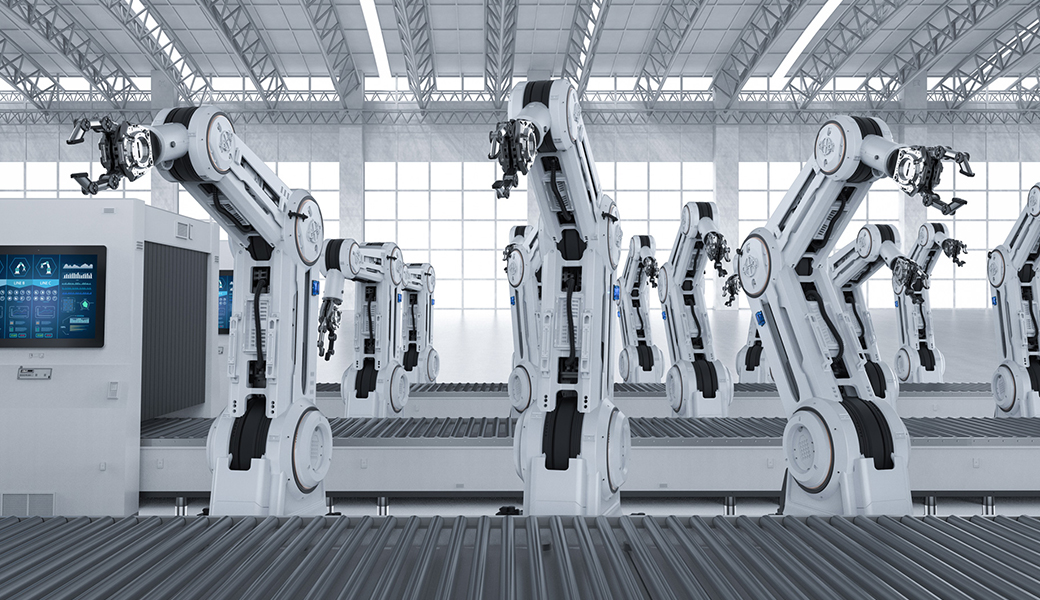Smart Retail
Due to the rapid expansion, distribution and unique product management strategies of retail enterprises, they generally present logistics distribution such as multiple varieties of goods, small batches, high delivery frequency, multiple delivery points, fast delivery requirements and the need for complete information system support. These characteristics, make the entire logistics activities more complex, and the process of economic globalization has greatly extended the distribution of the supply chain in space. Global procurement, global sales, global services, multi-base collaborative production, etc., have extended the supply chain to a global scale. Correspondingly Logistics and distribution must also be carried out globally, and the complexity of logistics in space is increasing day by day. The vast extension of logistics systems and the complexity of logistics system planning make it a field that only experts can get involved in. Due to the unique identification method and technical characteristics of RFID, it can bring huge benefits to retailers, suppliers and customers; it enables the supply chain system to track the movement of goods more easily and automatically in an efficient way, allowing items to be realized True automated management.In addition, RFID also provides the retail industry with advanced and convenient data collection methods, convenient customer transactions, efficient operating methods, fast and insightful decision-making methods, and other benefits that barcode technology cannot replace. RFID applications in the retail industry mainly focus on five aspects: supply chain management, inventory management, in-store merchandise management, customer relationship management and security management.
Details
01 / 03











